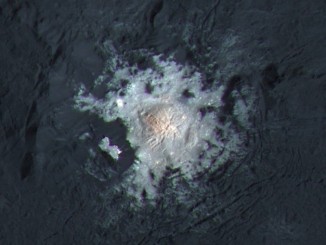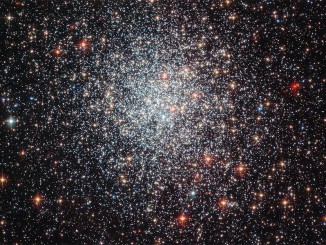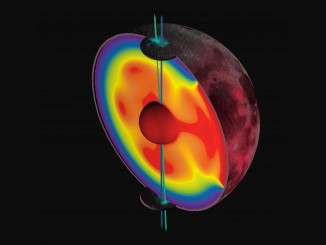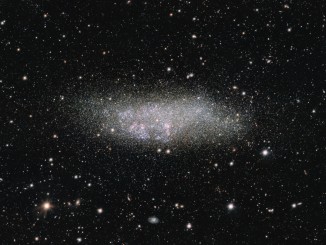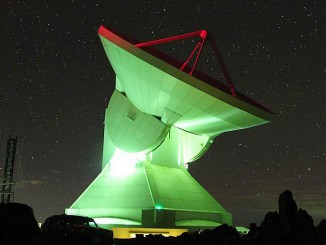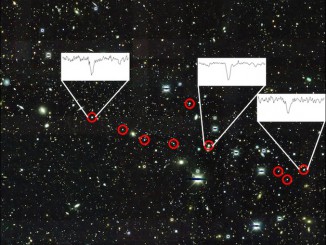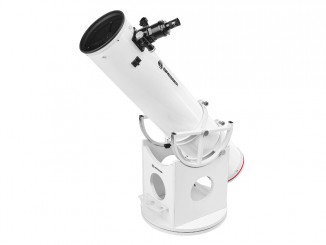
Bresser Messier 8-inch Dobsonian
As its name suggests, this novel Dobsonian’s eight inch (203mm) aperture provides a light grasp suitable for exploring the galaxies and nebulae that constitute the Messier catalogue — yet its 1218mm focal length (f/6) gives it access to the higher magnifications required for planetary observations too, says reviewer Steve Ringwood.

